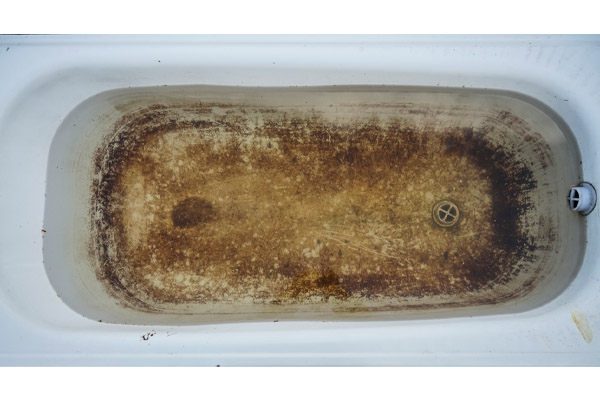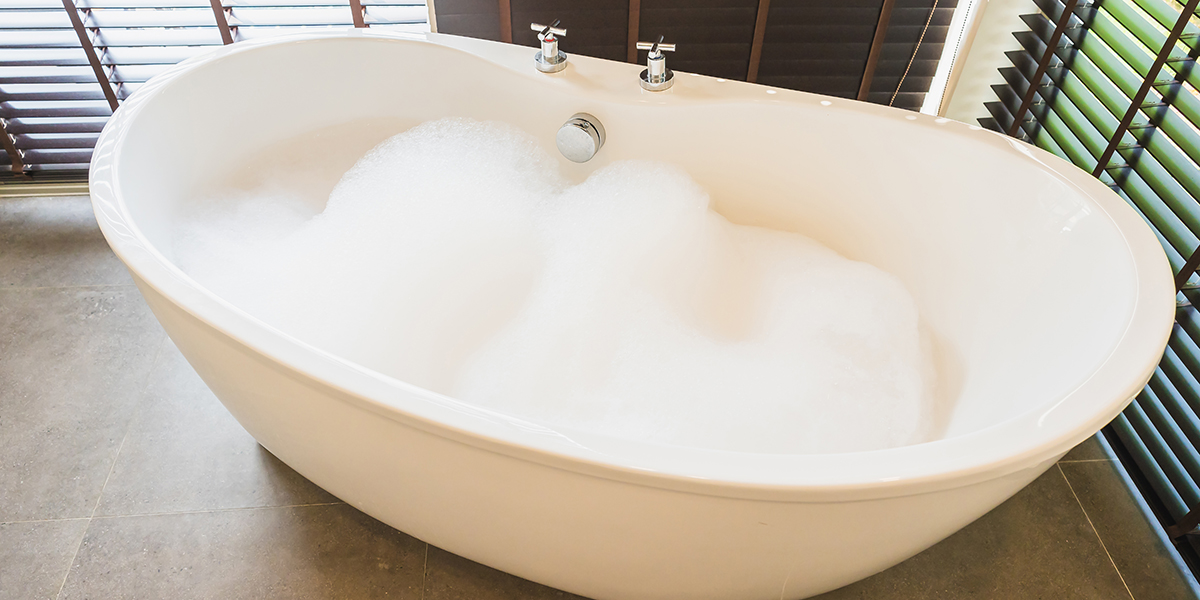Just how do you really feel in relation to What to Do if Sewage Starts Coming Up Through Your Bathtub?

Sewage back-up in the tub can be an upsetting and unsanitary issue for any kind of property owner. Not just is it bothersome, however it also postures serious health risks and indicates underlying problems with the plumbing system. Comprehending why sewer is coming up through the bathtub is essential for taking suitable activity to address the problem efficiently.
Intro to the Concern
Common Reasons for Sewage Backup
Clogs in the Sewage System Line
One of the most typical causes of sewage backup is a blockage in the drain line. This can happen because of the build-up of particles, oil, or foreign things in the pipes, preventing correct flow and causing sewer to back up into your bathtub.
Tree Origin Breach
Tree roots looking for dampness and nutrients can infiltrate sewer lines with small splits or joints. Over time, these roots can grow and broaden, triggering considerable damage to the pipelines and bring about sewage backup problems.
Understanding the Issue
When sewer draws back up right into the bathtub, it's a clear sign of a problem with the drain system. The wastewater that must be flowing far from your home is instead locating its way back into your living space, which can result in considerable damages and carcinogen.
Potential Causes
Several factors can contribute to sewage backup in the bath tub. From obstructions in the drain line to issues with the plumbing infrastructure, identifying the root cause is vital for locating a service.
Aging Framework
Older homes might have dated plumbing systems that are extra prone to corrosion, fractures, and wear and tear. As pipes age, they end up being much more susceptible to leaks and clogs, raising the possibility of sewage backup cases.
Heavy Rainfall or Flooding
Throughout periods of heavy rainfall or flooding, the sewer system may come to be overloaded with excess water, causing back-ups and overflows. This can result in sewer supporting right into tubs and various other fixtures inside the home.
Signs of Sewer Backup
Foul Odors
Undesirable smells emanating from drains or components, especially in the bathroom, may show sewage backup concerns. These odors are often strong and consistent, signaling an issue that needs immediate interest.
Slow Draining Fixtures
Bath tubs, sinks, and bathrooms that drain slowly or not at all could be experiencing sewage backup. If several components are affected at the same time, it's most likely that the concern stems from a typical point, such as the main sewer line.
Gurgling Noises
Strange gurgling or bubbling noises originating from drains pipes when water is running elsewhere in your house are a sign of air trapped in the plumbing system. This air buildup can result from sewage back-up and need to be explored quickly.
Health And Wellness Dangers Related To Sewage Backup
Contamination of Water Supply
Sewage backup can pollute the water in your house, presenting a severe health threat to you and your family. Exposure to contaminated water can cause stomach concerns, skin infections, and various other illnesses.
Mold and mildew Development
Dampness from sewer back-up can produce ideal conditions for mold and mildew growth in your home. Mold and mildew spores can aggravate respiratory system issues and cause allergic reactions in sensitive people, making timely cleanup essential.
Spread of Illness
Sewage contains dangerous germs, infections, and parasites that can create a variety of conditions, consisting of liver disease, cholera, and gastroenteritis. Entering into contact with sewage or contaminated surface areas places you in jeopardy of infection.
Cleaning Up After Sewer Backup
Disinfection Procedures
Extensively decontaminate and sterilize affected areas after sewage back-up to get rid of dangerous bacteria and avoid mold and mildew development. Usage ideal cleansing items and protective equipment to guarantee risk-free and efficient cleanup.
Reconstruction of Affected Areas
Repair any kind of damages to floor covering, walls, or fixtures caused by sewer back-up. Relying on the degree of the damages, you might need to replace carpeting, drywall, or various other products to restore your home to its pre-loss condition.
Immediate Actions to Take
Shutting Off Water System
In case of sewer backup, it's necessary to switch off the water to avoid further contamination and damages. Find the main water shutoff valve in your home and shut it off up until the issue can be resolved.
Speaking To an Expert Plumber
Dealing with sewer backup is not a do it yourself task. Call an accredited plumber with experience in handling sewage-related issues to examine the situation and execute required fixings or cleanups.
Preventing Contact with Infected Water
Till the sewage backup is dealt with, prevent contact with infected water to stop the spread of microorganisms and pathogens. Put on safety gear if you have to be in the damaged area and wash your hands completely afterward.
Preventive Measures
Routine Maintenance of Sewer Lines
Set up regular assessments and maintenance of your sewer lines to recognize and address prospective issues before they escalate into major troubles. This can include cleaning out debris, evaluating for tree origin invasion, and repairing any type of damaged pipes.
Installing Bayou Valves
Take into consideration setting up bayou valves in your plumbing system to avoid sewage from flowing back right into your home during durations of heavy rainfall or flooding. These valves immediately close when water starts backing up, shielding your property from contamination.
Appropriate Disposal of House Waste
Avoid flushing anything aside from toilet tissue and human waste down the commode to stop blockages and obstructions in the sewage system line. Dispose of grease, oil, and other home chemicals effectively to minimize the risk of plumbing problems.
Why is there sewage coming up from my bathtub?
These gas fumes, like hydrogen sulfide – the gas that leaves a rotten egg smell in its wake and is highly flammable and toxic – can be hazardous to your health. Sewage poses major health risks as it contains harmful bacteria and microorganisms that can be dangerous if exposed to them.
Sewage cleanup should be considered an emergency.
So, why is there sewage coming up from your bathroom? There are several common causes of a sewage backup.
The most common reason for sewage coming up through your bathroom is a clogged sewer line. All plumbing in your bathroom connects to a single drain pipe that leads to the sewer line under your house. This drain line carries all wastewater and sewage away from your home to the city’s sewer system.
When the sewer line becomes clogged or blocked, wastewater has nowhere to go but back toward your house. This results in sewage coming up through your drains, often starting with your tub or shower.
Another culprit may be the sewage ejector pump, which is used when a bathroom, laundry room or any other type of plumbing fixture is located below the level of the main sewer or septic line flowing from the house. Most commonly, ejector pumps are used in homes with basement bathrooms or laundry rooms.
When you experience sewage coming up through your bathtub, it’s always best to contact a professional. Attempts to fix a clogged sewer line without experience often lead to more plumbing damage.
Make sure that no one enters the affected area, and open as many windows as possible. Pre-treat the flooded area with small splashes of chlorine bleach. Wear protection gear like rubber gloves, a mask, and water-resistant coveralls.
https://www.shawlocal.com/the-herald-news/sponsored/2022/08/17/omega-plumbing-10199038/

I am just very excited about What To Do If Sewage Starts Backing Up Into the Shower and I am praying you appreciated the post. Don't hesitate to take a moment to distribute this post if you enjoyed reading it. Thanks a lot for being here. Revisit us soon.
Set An Appointment